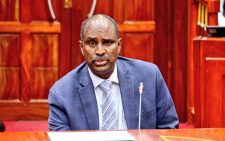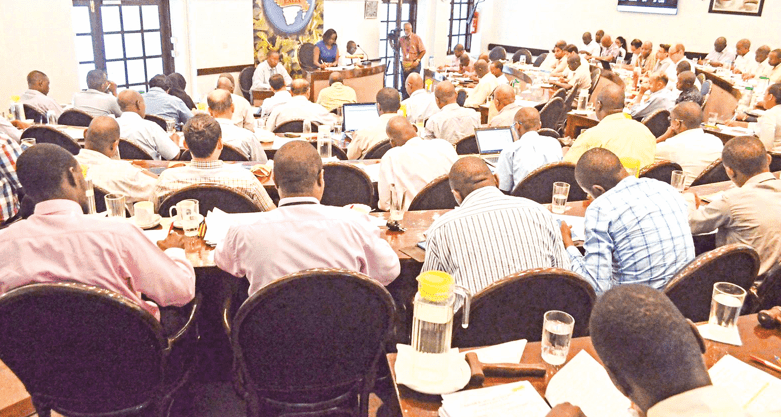Chase Bank ex-directors hit with fine

Capital Markets Authority (CMA) has taken action against three ex-Chase Bank directors, five board members and audit firm Deloitte over their alleged irregular involvement in the issuance of Sh10 billion medium-term bond in 2015.
Former Chase Bank Group managing director Duncan Kabui (pictured) has been fined Sh5 million and disqualified from being director or key personnel of any issuer, licensed or approved person in the capital market for a period of 10 years.
The lender’s CEO Paul Njaga and group’s finance director Ken Obimbo have both been fined Sh5 million, with the latter additionally barred from participating in the Kenyan capital market for five year.
Risk committee
Board members of the audit and risk committee comprising Anthony Gross, Laurent Demey, Muthoni Kuria, and Rafiq Sharrif have been fined Sh2.5 million while Richard Carter got Sh1 million penalty.
Three other bank officials who are also accused of similar breaches have sought high court order to bar CMA from conducting enforcement hearing against them.
The capital markets regulator has also recommended the conduct of audit firm Deloitte, which was fined Sh10 million, be referred to the Institute of Certified Public Accountants of Kenya (ICPAK) for further action. “In line with its investor protection mandate, CMA has taken enforcement action against former board members, Senior management of Chase Bank Kenya Limited (CBKL) (the MTN Issuer) and CBKL reporting Accountant for their role in the issuance and use of MTN in 2015,” CMA said in a statement.
In 2015, Chase Bank, which is currently under liquidation with Kenya Deposit Insurance Corporation (KDIC) as the receiver, got CMA approval to issue Sh10 billion bond where Sh4.8 billion was raised in the first tranche that was listed in June 2015.
The bond trading was, however, suspended in April 2016 after it emerged that the lender was facing liquidity difficulties and was unable to meet its financial obligations, forcing financial sector regulators – CMA and Central Bank of Kenya (CBK) – to investigate any possible regulatory violations and errors that might have led to the collapse of the bank.












